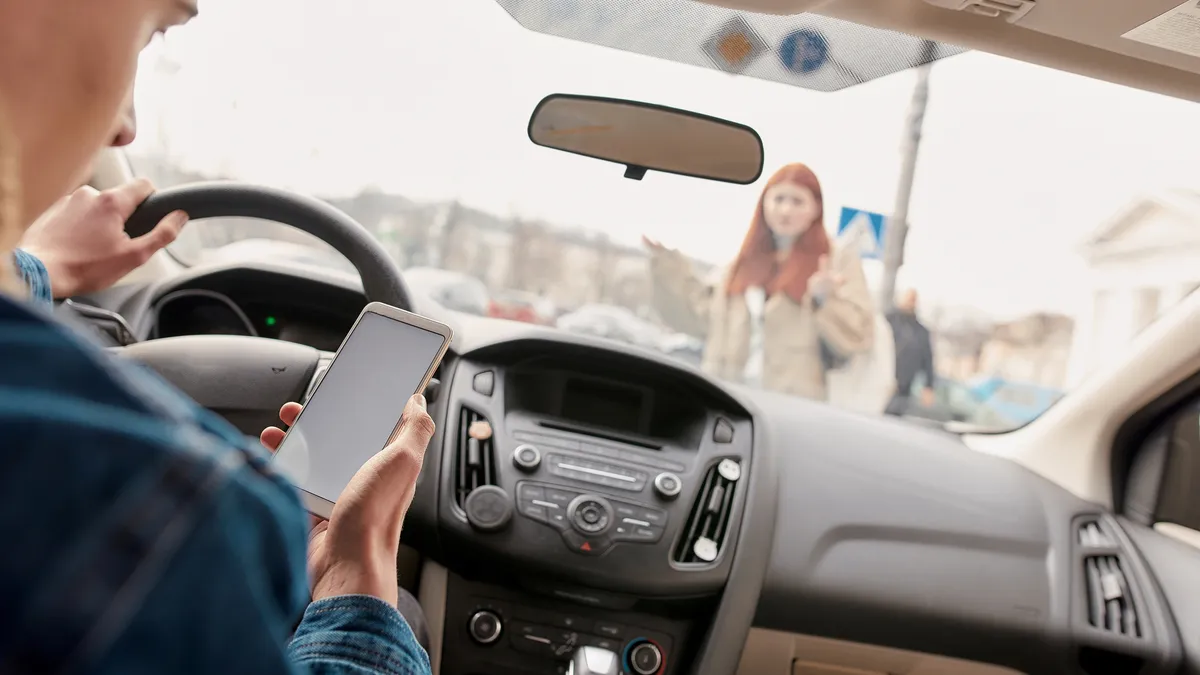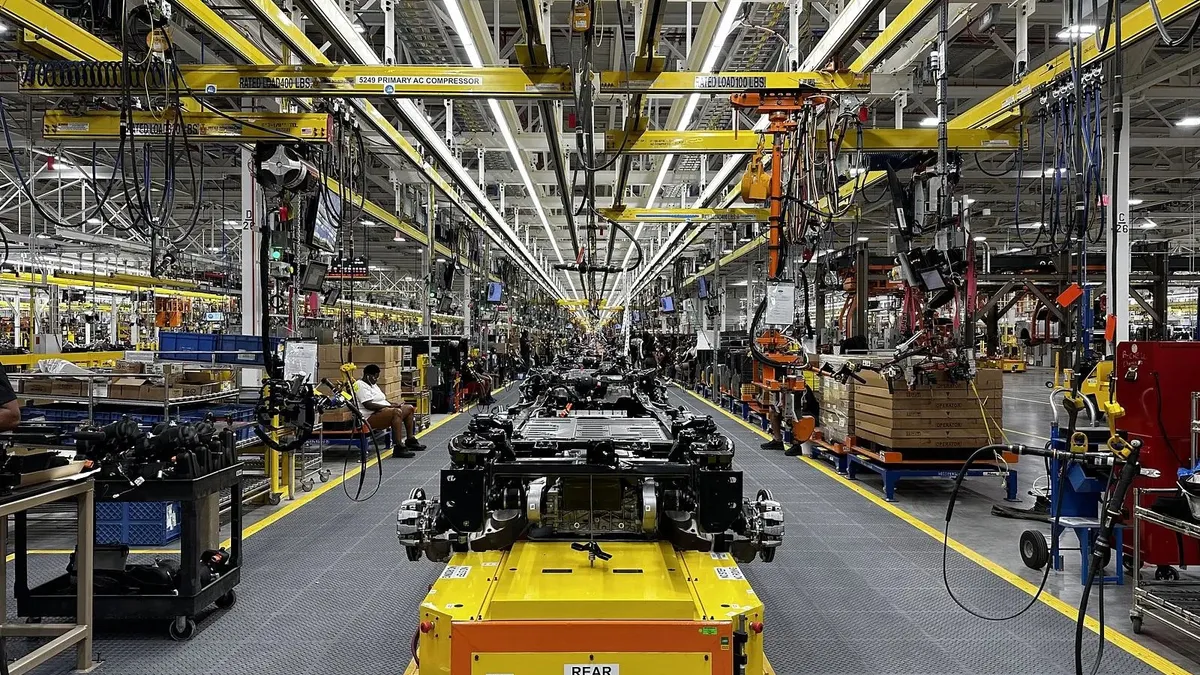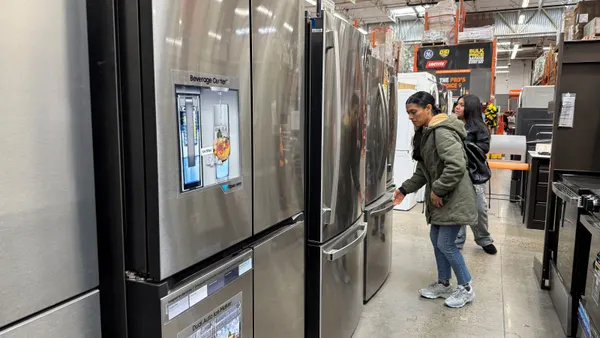Dive Brief:
- The National Highway Traffic Safety Administration released a proposed rule Wednesday that would require automakers to install automatic emergency braking technology on nearly all passenger cars and light trucks sold in the U.S.
- If finalized, NHTSA expects it would save 360 lives per year and reduce injuries by at least 24,000 annually.
- The proposal is a core component of NHTSA’s National Roadway Safety Strategy, which launched in January 2022 to address an increase in traffic fatalities and serious injuries to pedestrians caused by inattentive drivers.
Dive Insight:
The Bipartisan Infrastructure Law mandated that NHTSA create a rule to establish minimum performance standards requiring all passenger vehicles sold in the U.S. to be equipped with an AEB system. The move will likely receive some pushback from automakers, as the technology would likely increase their costs.
Although AEB systems can save lives and reduce property damage caused by rear-end crashes, the costs of installing the necessary hardware on each vehicle can be high, as the technology uses radar, cameras or lidar technology, or a combination of all three. These costs will ultimately be passed on to consumers through higher MSRPs.
Nearly all U.S. vehicles weighing under 10,000 pounds or less would be required to have AEB technology within three years after the final rule's publication. The proposed rule would also require that AEB systems detect and stop for pedestrians at night when it’s harder for drivers to see.
“This proposed rule is a major safety advancement,” NHTSA Chief Counsel Ann Carlson said about the nighttime pedestrian detection requirement.
AEB systems use sensors or cameras to monitor for objects ahead, such as when traveling closely behind a vehicle traveling in the same direction. If the car ahead stops suddenly and the driver of the vehicle traveling behind does not brake, such systems quickly intervene and bring the car to a complete stop to avoid a collision or significantly reduce the severity of one.
When pedestrians are present, a vehicle equipped with an AEB system will brake automatically if needed. AEB systems can also apply a vehicle’s brakes with much more force than the driver does on their own to lessen the severity of a collision, such as when one is imminent. According to the latest data from the NHTSA, distracted drivers killed 3,522 people in 2021.
“Just as life saving innovations from previous generations like seatbelts and airbags have helped improve safety, requiring automatic emergency braking on cars and trucks would keep all of us safer on our roads,” U.S. Transportation Secretary Pete Buttigieg said.














